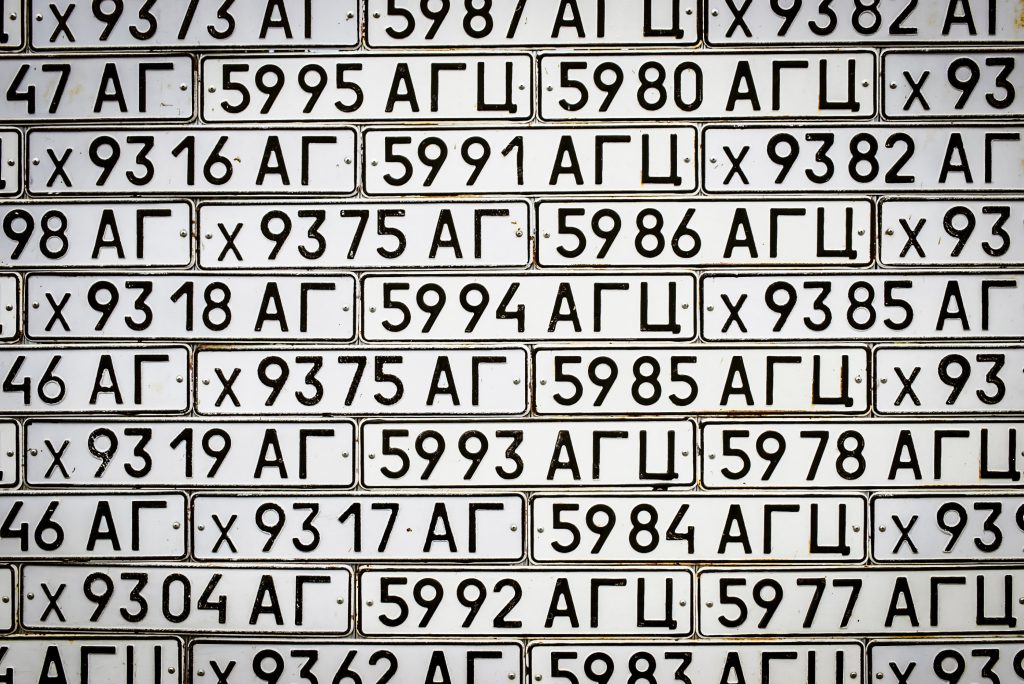4130 steel is commonly used in the automotive industry due to its excellent combination of mechanical properties and weldability.
Strength & Durability
4130 steel offers high strength and excellent durability, making it well-suited for components that need to withstand heavy loads, stress, and impact. This is particularly important in automotive parts like chassis frames, suspension components, and roll cages.
Lightweight
While 4130 steel is strong, it is also relatively lightweight compared to some other high-strength materials. This makes it advantageous for reducing the overall weight of a vehicle, which can improve fuel efficiency and handling.
Weldability & Machinability
4130 steel can be easily welded, which is essential for the manufacturing and repair of automotive components. Welding allows for the fabrication of complex structures and the modification of existing parts.
This type of steel is also known for its good machinability, making it easier to machine into intricate shapes and components used in automotive applications.
Corrosion & Fatigue Resistance
While not as corrosion-resistant as stainless steel, 4130 steel can still resist rust and corrosion to a reasonable extent. This is important for automotive components that are exposed to environmental conditions.
4130 steel exhibits good fatigue resistance, which is crucial for components subjected to cyclic loading, such as suspension parts and axles.
Heat Treatment
4130 steel can be heat-treated to enhance its mechanical properties further. This allows for customization to meet specific automotive requirements, such as achieving higher hardness or strength.
Cost-Effective
4130 steel is cost-effective when compared to some other high-strength materials, making it an attractive choice for various automotive components.
Common automotive applications of 4130 steel include suspension components (such as control arms and sway bars), chassis frames, roll cages, steering components, and various structural elements. Its versatility and favorable combination of properties make it a valuable material in the automotive manufacturing and performance industries.

